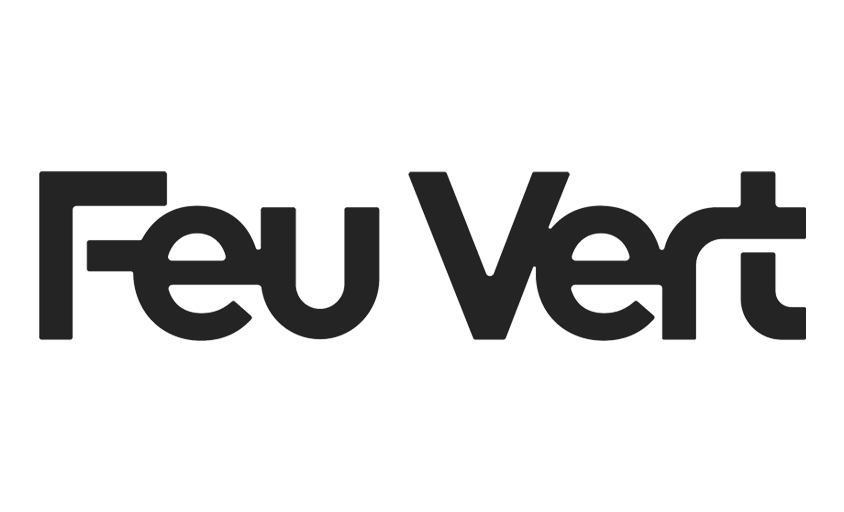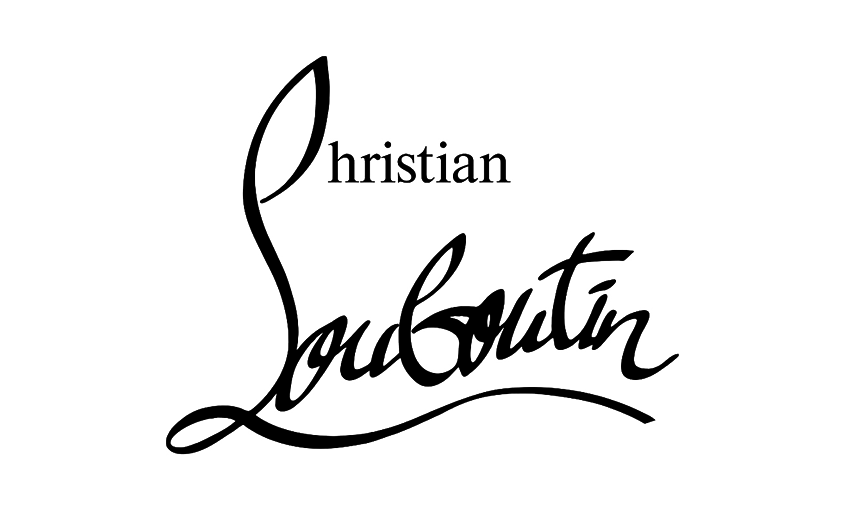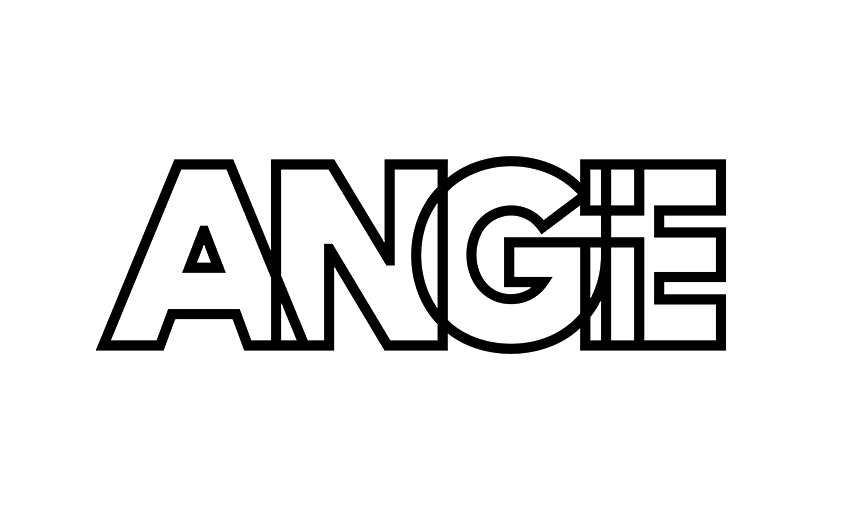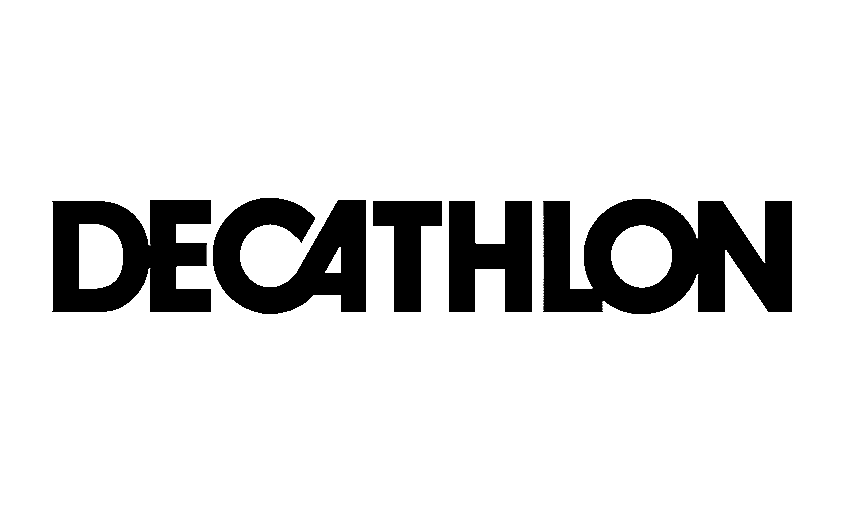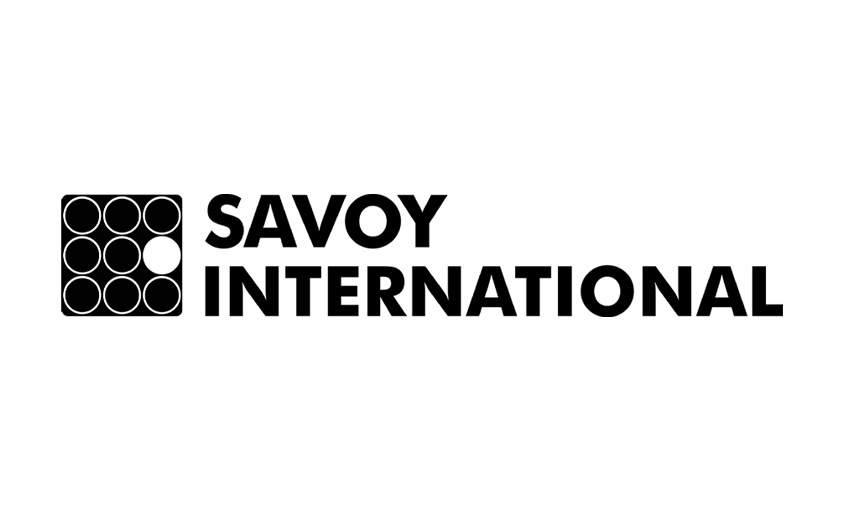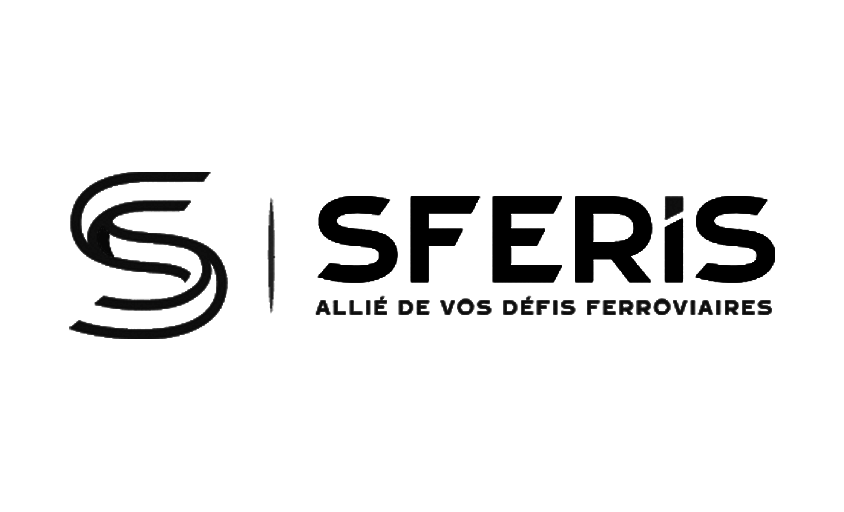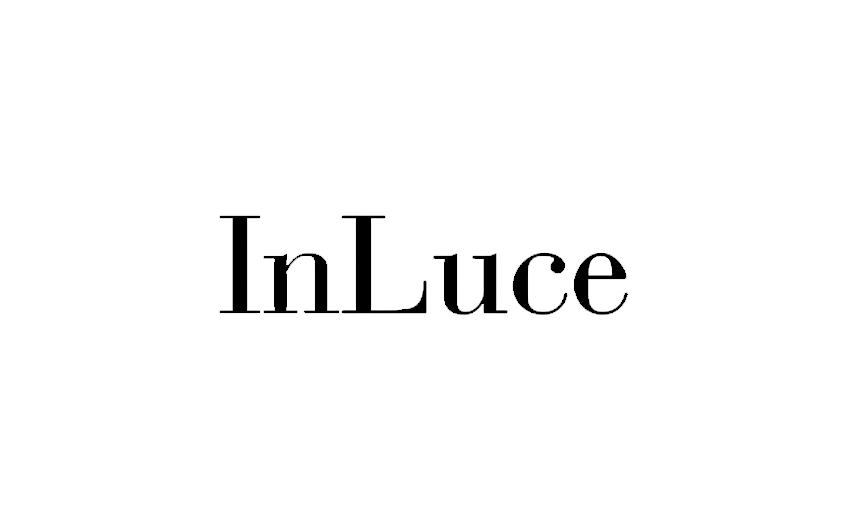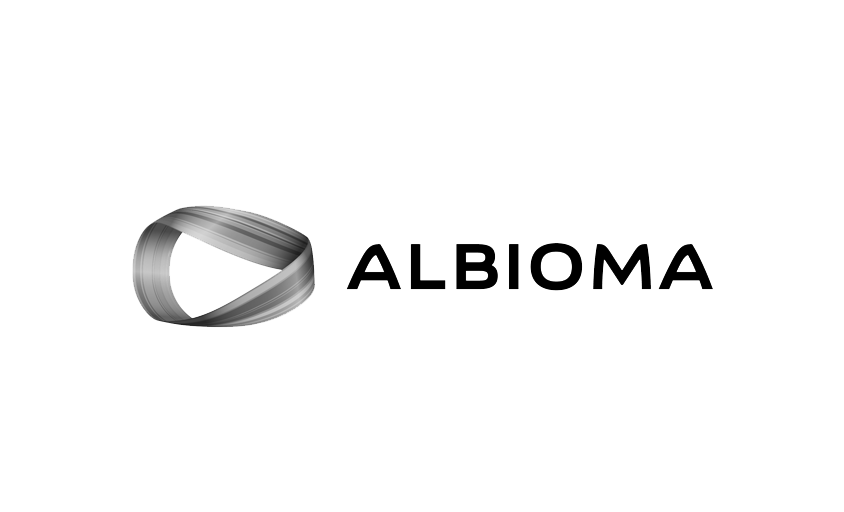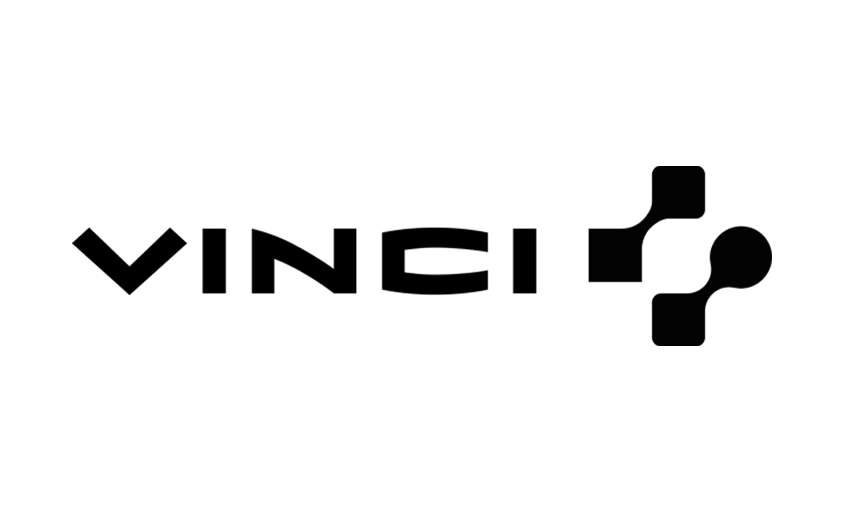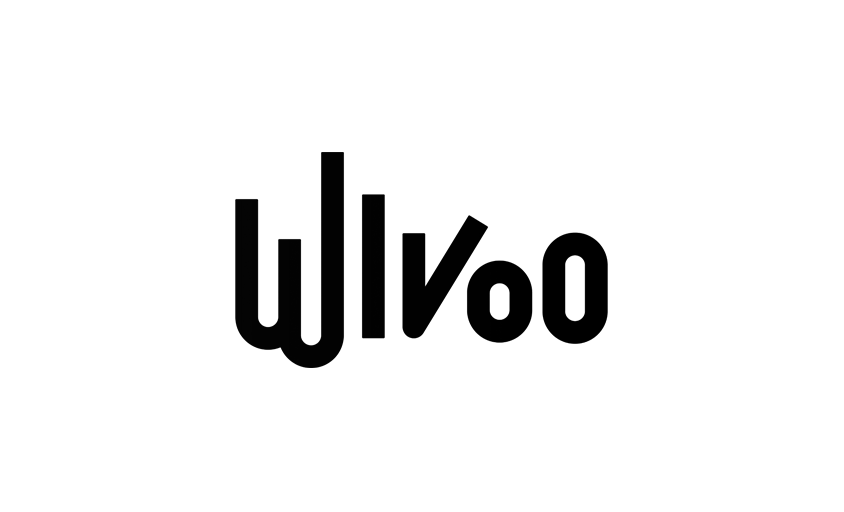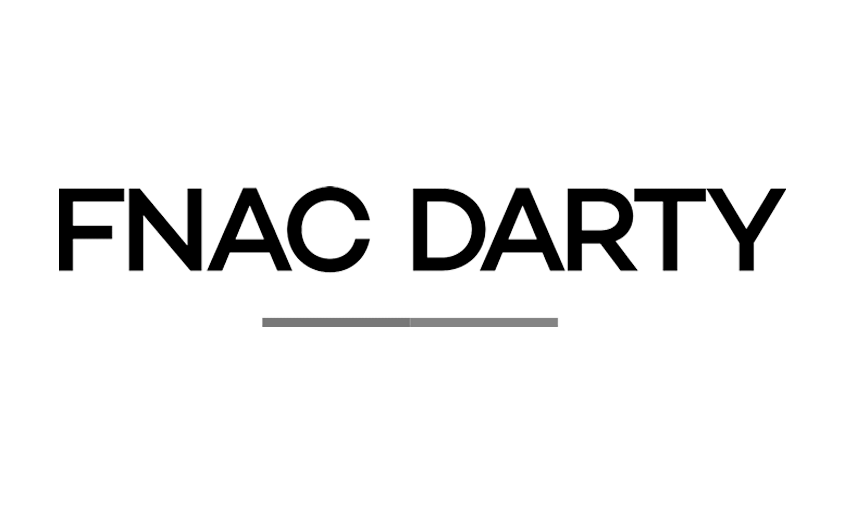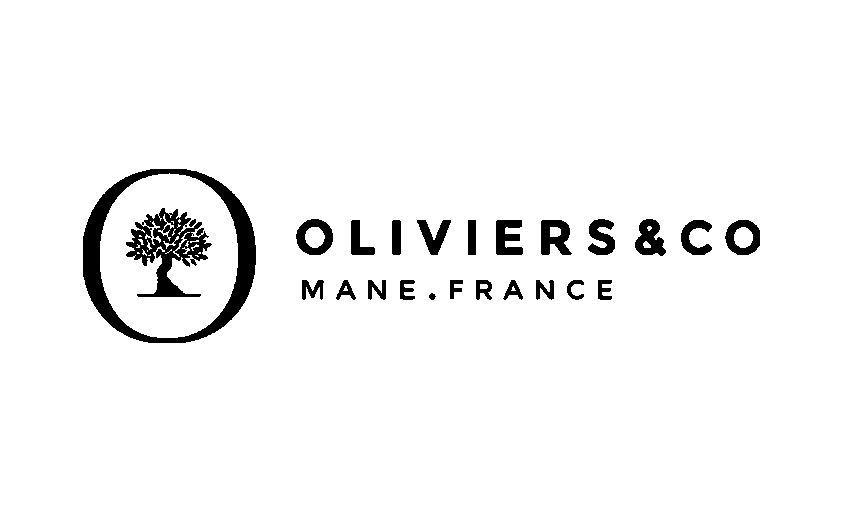10 Reasons to Hire a Professional Medical Photographer
In this article :
Medical photography is not a niche specialty: it has become an essential tool in the healthcare field. Documenting a surgical procedure, showcasing equipment, communicating about a facility, or creating a clinical image database, these needs all require technical expertise, ethical rigor, and strict adherence to standards.
Hiring a medical photographer means choosing reliability, precision, and visual consistency in a domain where there is no room for error.
Here are the 10 reasons:
1. Work with a professional trained in medical environments
A hospital, operating room, or dental office is not a photography studio. Lighting is often cold, surfaces reflective, and space limited. An untrained photographer can disrupt concentration or inadvertently break hygiene rules.
A medical photographer knows how to work without disturbing staff, understands hygiene requirements, and blends seamlessly with the workflow of a department. Their role is to observe, anticipate, and capture accurately, never improvise.
2. Ensure images comply with legal regulations
In the medical field, regulatory compliance is mandatory. Patient consent, anonymization, image rights, secure file storage, every step of capturing and processing images must comply with current laws (Public Health Code, GDPR, CNIL recommendations).
A medical photographer understands these obligations and integrates them into their workflow:
- Obtaining written authorizations
- Respecting medical confidentiality
- Storing files on health-data-approved servers
- Controlled deletion of temporary files
This legal mastery protects patients, practitioners, and the institution.
3. Provide reliable scientific documentation
Medical photography is not about aesthetics; it must be accurate, reproducible, and objective. Whether tracking dermatology cases, surgical protocols, or clinical studies, consistency over time is essential.
A medical photographer ensures:
- Constant lighting conditions
- Calibrated white balance
- Standardized distance and framing
- Fixed markers for repeated shots
These protocols guarantee images are usable for scientific or educational purposes without compromising visual information.
4. Enhance communication for healthcare institutions
Hospitals, laboratories, and clinics communicate like any organization, but with an added requirement: credibility.
Well-photographed team portraits, infrastructure shots, care scenes, and medical equipment inspire trust and transparency. A specialized photographer captures technical skill and the human side of care without artificial staging.
Photography becomes a tool for institutional image, both literally and strategically.
5. Showcase medical products and devices
Manufacturers and distributors of medical equipment need precise, clear, neutral images for catalogs, technical sheets, or training materials.
Rétines, for example, has produced multiple product photography series: instruments, diagnostic devices, and office equipment. Each image highlights materials, controls reflections, and provides clear volume perception.
Medical product photography requires the same precision as luxury or watchmaking: controlled lighting, color calibration, and restrained composition.
6. Create educational images for training and research
Medical images are also teaching tools. In schools, conferences, or publications, a well-constructed image helps explain procedures or pathologies.
A medical photographer anticipates clarity:
- Choose angles that explain rather than just show
- Isolate the main action
- Compose images usable in scientific materials
These images become long-term resources for ongoing training and knowledge dissemination.
7. Maintain long-term visual consistency
Healthcare institutions evolve, but their communication must remain consistent: same tones, same lighting, same quality.
Working long-term with a medical photographer ensures a unified visual identity: doctor portraits, new services, recruitment campaigns, or scientific publications. Each series contributes to a consistent visual narrative.
8. Ensure accurate color reproduction
In medicine, a color variation can distort analysis or comparisons. Medical photographers prioritize color fidelity: monitor calibration, gray cards, neutral lighting, ICC profile management.
Attention to detail ensures images are reliable for scientific use and institutional communication.
9. Collaborate with a partner aware of human considerations
Medical photography often involves vulnerable people: patients, caregivers, or researchers. The photographer’s presence must be respectful and discreet. Accuracy of tone and discretion are as important as image quality.
At Rétines, this philosophy ensures the human dimension is present without forced emotion.
10. Save time and maintain consistency
A medical photographer knows department constraints, required authorizations, and internal procedures. Their workflow minimizes interruptions, adapts to staff schedules, and delivers ready-to-use images for press, web, or documentation.
Operational autonomy allows medical staff to focus on their core work while having reliable, immediately usable visual content.
Conclusion
Hiring a medical photographer means choosing precision, compliance, and consistency. Behind every image lies a protocol, a responsibility, and a deep understanding of the healthcare world.
Whether it’s documenting a procedure, showcasing equipment, or enhancing an institution’s communication, medical photography requires the technical and ethical expertise that only a trained professional can provide.
Looking for a photographer specialized in the medical sector?
Rétines supports professionals, laboratories, and healthcare institutions in their visual projects: in-office photo reports, medical device packshots, team portraits, or institutional communication.
Clear, rigorous, and expertly crafted images.
👉 Contact us to learn more.
Jérémy Carlo is the editorial director at Rétines, where he ensures the consistency and clarity of all content produced by the studio.
Our Clients
Let’s discuss
What we do for you at Rétines
Meticulous work, an organised project and fast delivery. And to achieve this, we mobilise the right resources in our teams at the right time.
01
Pre-production
Artistic and technical direction tailored to the project.
Relevant recommendations on content, form and resources.
02
Photo Shooting
Photos taken by our experienced photographers.
Production that’s controlled, efficient and tailored to the needs of the project, with nothing superfluous.
03
Retouching
Technique
Photographs magnified by our retouching team.
Post-production to meet the commercial challenges of the brief.

